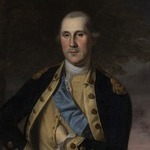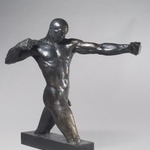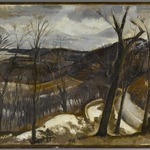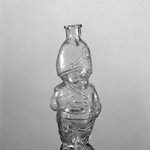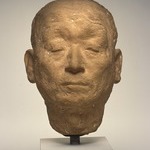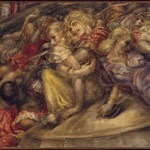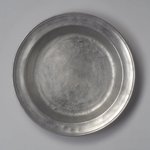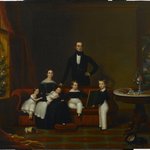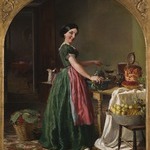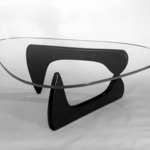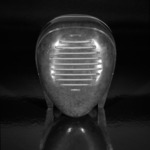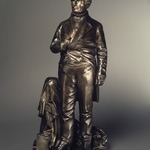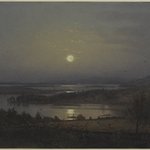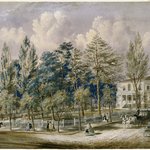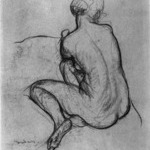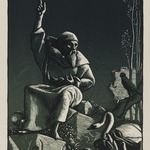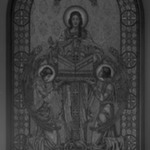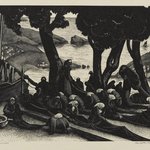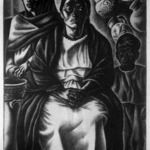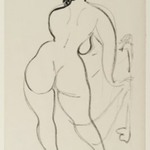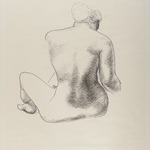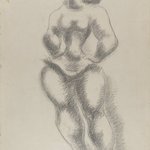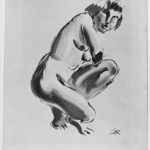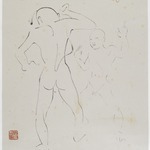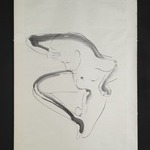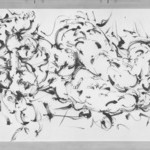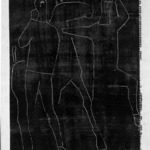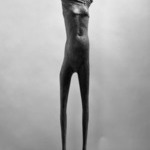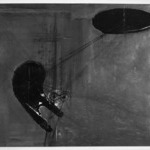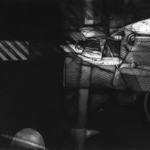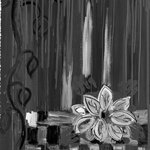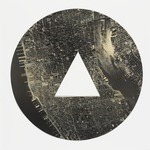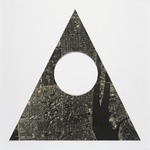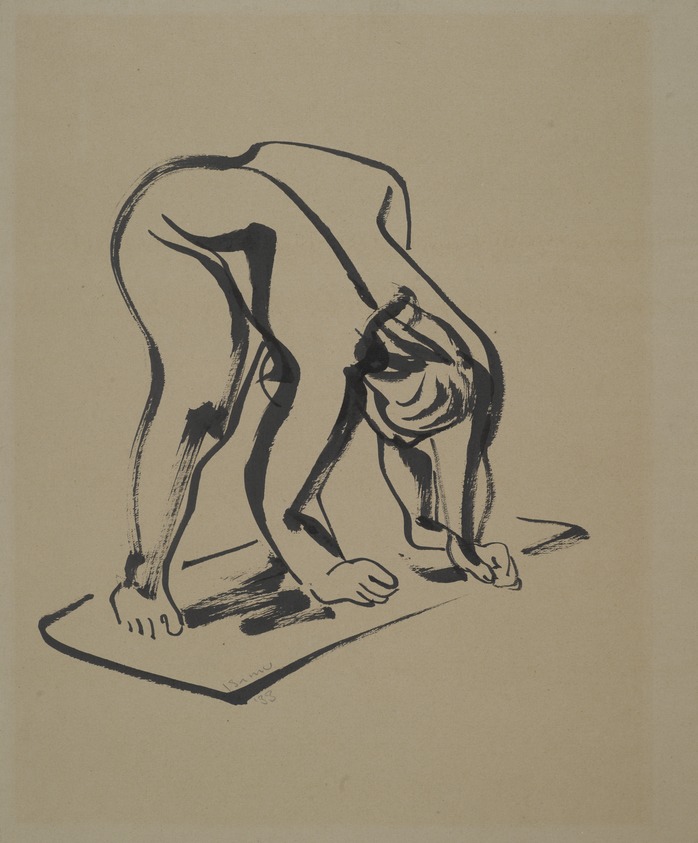
This image is presented as a "thumbnail" because it is protected by copyright. The Brooklyn Museum respects the rights of artists who retain the copyright to their work.
Bending Figure
Isamu Noguchi
American Art
In this drawing Isamu Noguchi used a thick paintbrush to apply ink in serpentine lines and slashing strokes. By changing the pressure of his touch and twisting the tip of the brush, he varied the density and width of the outlines over the course of each stroke. Such variations suggest volumetric mass in an otherwise abstracted figure. After studying traditional Chinese brush drawing in Beijing in the early 1930s, Noguchi combined that technique with the reductive approach to form inspired by his mentor, the modernist sculptor Constantin Brancusi. This blending of Eastern and Western influences characterizes the art of Noguchi, who was of Japanese and American descent.
MEDIUM
Ink on moderately thick, moderately textured brown wove paper
DATES
1933
DIMENSIONS
sheet: 24 1/8 x 20 in. (61.3 x 50.8 cm) (show scale)



SIGNATURE
Signed and dated in graphite lower left: "ISAMU / '33"
COLLECTIONS
American Art
ACCESSION NUMBER
48.69.2
CREDIT LINE
Dick S. Ramsay Fund
EXHIBITIONS
MUSEUM LOCATION
This item is not on view
CAPTION
Isamu Noguchi (American, 1904–1988). Bending Figure, 1933. Ink on moderately thick, moderately textured brown wove paper, sheet: 24 1/8 x 20 in. (61.3 x 50.8 cm). Brooklyn Museum, Dick S. Ramsay Fund, 48.69.2. © artist or artist's estate (Photo: Brooklyn Museum, 48.69.2_PS2.jpg)
IMAGE
overall, 48.69.2_PS2.jpg. Brooklyn Museum photograph, 2010
"CUR" at the beginning of an image file name means that the image was created by a curatorial staff member. These study images may be digital point-and-shoot photographs, when we don\'t yet have high-quality studio photography, or they may be scans of older negatives, slides, or photographic prints, providing historical documentation of the object.
RIGHTS STATEMENT
© artist or artist's estate
Copyright for this work may be controlled by the artist, the artist's estate, or other rights holders. A more detailed analysis of its rights history may, however, place it in the public domain.
The Museum does not warrant that the use of this work will not infringe on the rights of third parties. It is your responsibility to determine and satisfy copyright or other use restrictions before copying, transmitting, or making other use of protected items beyond that allowed by "fair use," as such term is understood under the United States Copyright Act.
For further information about copyright, we recommend resources at the United States Library of Congress, Cornell University, Copyright and Cultural Institutions: Guidelines for U.S. Libraries, Archives, and Museums, and Copyright Watch.
For more information about the Museum's rights project, including how rights types are assigned, please see our blog posts on copyright.
If you have any information regarding this work and rights to it, please contact copyright@brooklynmuseum.org.
RECORD COMPLETENESS
Not every record you will find here is complete. More information is available for some works than for others, and some entries have been updated more recently. Records are frequently reviewed and revised, and we welcome any additional information you might have.

